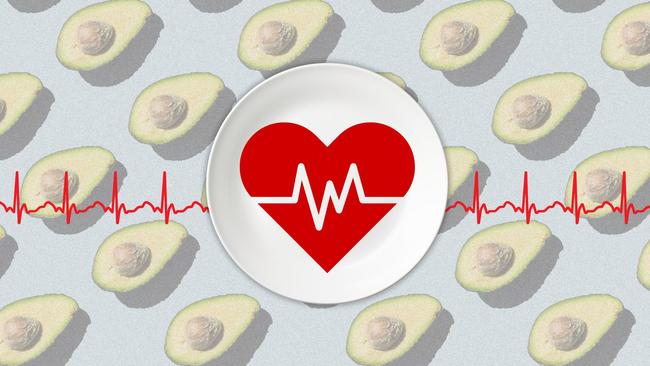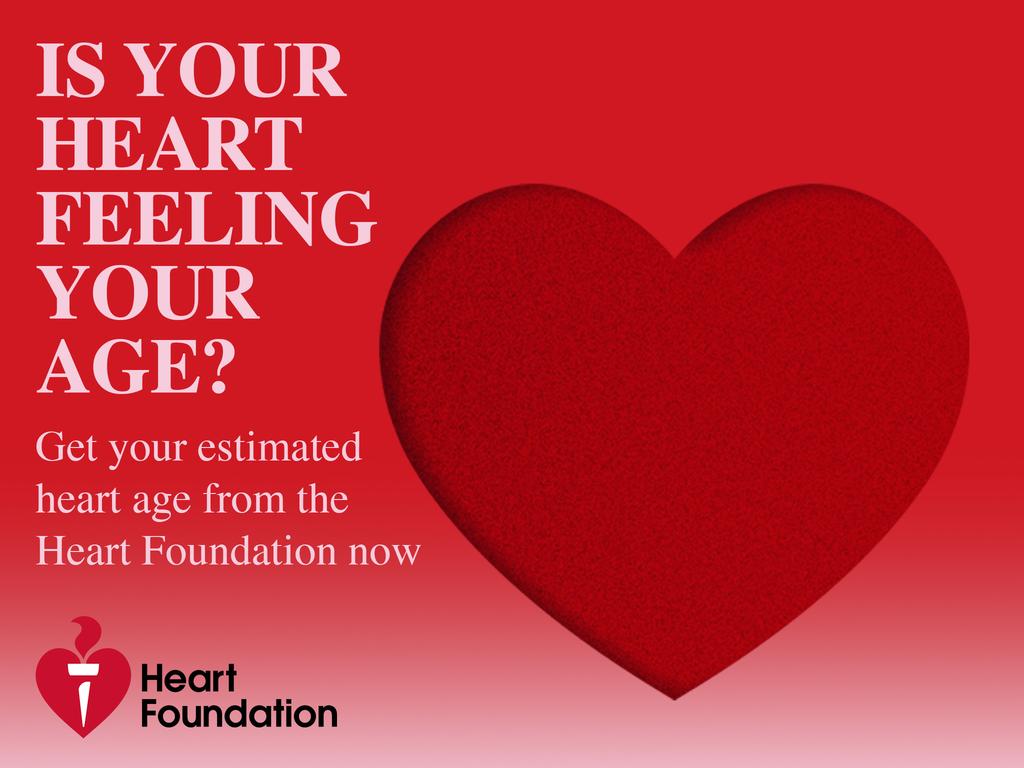This little-known diet can reduce blood pressure and risk of heart disease

However, there is a diet that has been scientifically proven to reduce blood pressure yet still remains somewhat unknown.
It’s called the Dietary Approaches to Stop Hypertension, or DASH, diet and it was first developed in 1997 in the US in collaboration with the National Heart, Lung, and Blood Institute.
The DASH diet is rich in vegetables, fruits and wholegrains, while limiting high-sodium, high-saturated fat and high-sugar foods.
Despite being found to reduce the risk of cardiovascular disease by up to 20 per cent, the DASH diet has failed to gain the same popularity as other heart-friendly diets, such as the Mediterranean diet, which is similar to the DASH diet in encouraging the consumption of plant foods, but places more of an emphasis on foods such as fish and olive oil.

Whether through an issue with marketability, or because of its specificity to blood pressure reduction, the DASH diet has been largely overlooked, despite it being on par with the Mediterranean diet in relation to its heart health benefits.
A meta-analysis of studies of the DASH diet found that it reduced systolic blood pressure by an average of 6.7 mmHg and diastolic blood pressure by 3.5 mmHg, with those with high blood pressure achieving the greatest reduction.
Along with lowering blood pressure, the DASH diet has also been associated with reductions in LDL “bad” cholesterol, body mass index (BMI) and HbA1c, which is a reading of a person’s average blood sugar levels for the past two to three months.
So what exactly do you eat on the DASH diet?
The servings below are based on a 2000-calorie diet, but can be adjusted to different calorie intakes depending on the person’s needs.Compared to the Australian Dietary Guidelines, the DASH diet recommends a higher daily intake of fruit, a slightly higher daily intake of grains and has a specific weekly target for legumes, nuts and seeds. These increased servings are generally balanced out by the fact that the DASH diet recommends eating less meat, which tends to be higher in calories than vegetables, fruits, grains and legumes.
With less than 5 per cent of Australians getting the recommended daily servings of fruits and vegetables, encouraging people to eat more plant foods is an important piece of the puzzle if we want to improve our heart and general health.
For those looking to incorporate the principles of the DASH diet into their eating habits, some small and sustainable ways to start include snacking on a piece of fruit or a small handful of unsalted nuts; adding an extra serving of vegetables or salad to your lunch and dinner each day; reducing your intake of red meat and instead opting for fish, chicken or vegetarian options such as legumes; swapping white breads and cereals for wholegrain breads and cereals; and swapping soft drinks for lower-sugar alternatives such soda water with lemon or lime.
By making these DASH diet changes, you’ll give yourself the best chance to manage your blood pressure and maintain good heart health for years to come.
Professor Jason Kovacic is chief executive and director of the Victor Chang Cardiac Research Institute.
This column is published for information purposes only. It is not intended to be used as medical advice and should not be relied on as a substitute for independent professional advice about your personal health or a medical condition from your doctor or other qualified health professional.







About one in three Australians has high blood pressure, and we know that diet has a major role to play in addressing this common condition.